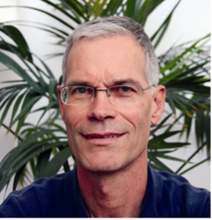Pattern Treatments: Aquatic PNF
- Andrea Salzman

- Dec 25, 2023
- 1 min read
Updated: Jan 16, 2024
Aquatic PNF offers another take on resistance therapy

Byline: Andrea Salzman, MS, PT
In the early 1950s, physicians and therapists were scrambling to find treatments that might work for a new crop of polio patients. Dr. Herman Kabat first developed a technique called “proprioceptive facilitation” to address the paralysis caused by this dreaded disease. (“Neuromuscular” was added to the name in 1954.)
Within a decade, Kabat’s PNF spiral and diagonal movement patterns were modified and exported to Bad Ragaz, Switzerland, where they further morphed into an aquatic specialty technique known today as the Bad Ragaz Ring Method.

In this new Ring Method, clients were trained to perform spiral and diagonal movements while a therapist provided a fixed external resistance. The patterns were performed horizontally, making use of the concept of a “floating treatment table.”
However, all PNF did not transform into Bad Ragaz patterns. Many aquatic providers continued to experiment with traditional PNF patterns (D1/D2 flexion and extension) without providing a fixed distal resistance. These movements were performed in all positions, including horizontal, standing, sitting, kneeling and quadrupedal.
Over time, these traditional-looking PNF patterns ... Continue Reading Article Here.
Interested in how aquatic therapy could help your clients? Watch our recorded webinar here on aquatic therapy for balance disorders and fall risk.




